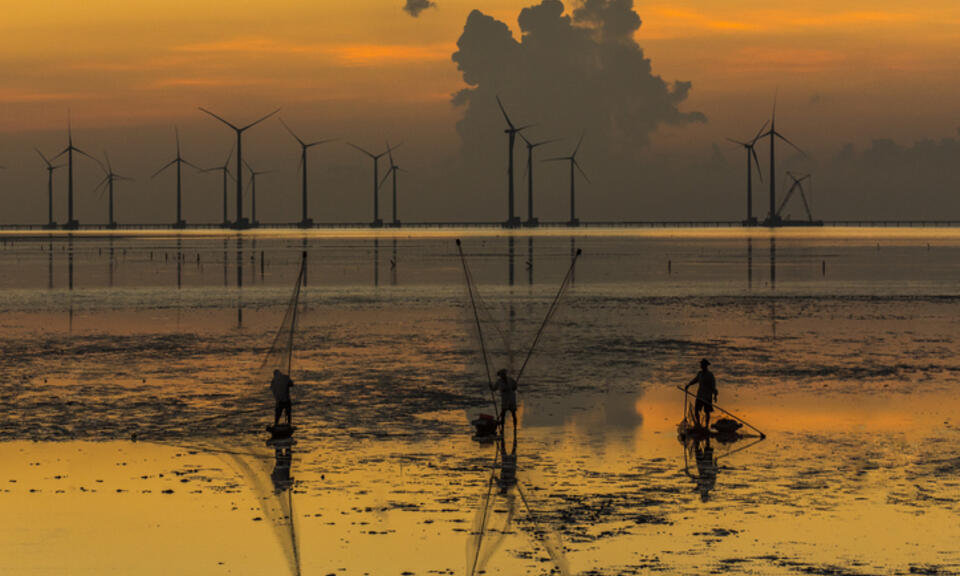
Vietnam leads the ASEAN region’s forecast GDP growth, and its primary energy demand is expected to increase substantially. It is a coal-dependent country but has strong wind and solar potential and has adopted supportive policies to boost clean energy investments. Vietnam’s goal of achieving net-zero emissions by 2050 and reducing emissions by 15.8% (unconditionally) and 43.5% (conditionally) by 2030 calls for large-scale renewable investment. The government aims to increase renewable energy's share to 39.2% by 2030 and up to 71.5% by 2050, yet several challenges hinder the outlook for wind and solar deployment.
This report follows its predecessor, ASEAN Renewables: Opportunities and Challenges. It summarises Vietnam’s power market structure and outlines the main opportunities and challenges for renewable power deployment in Vietnam in the context of its economic growth potential. It also introduces priorities and potential solutions for local and foreign players to accelerate renewables deployment. This report was launched at the Vietnam Pavilion at COP28 Dubai, on Wednesday 6 December.
